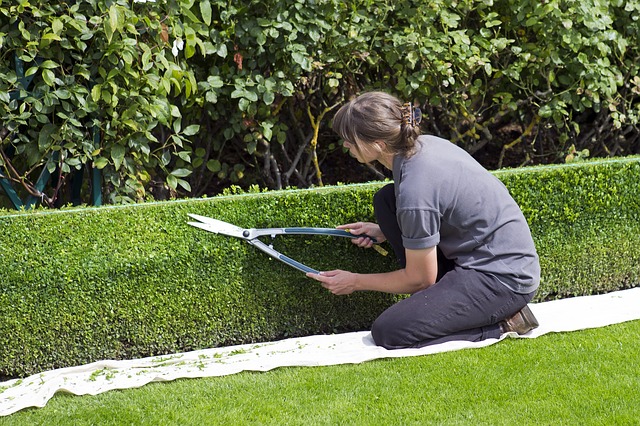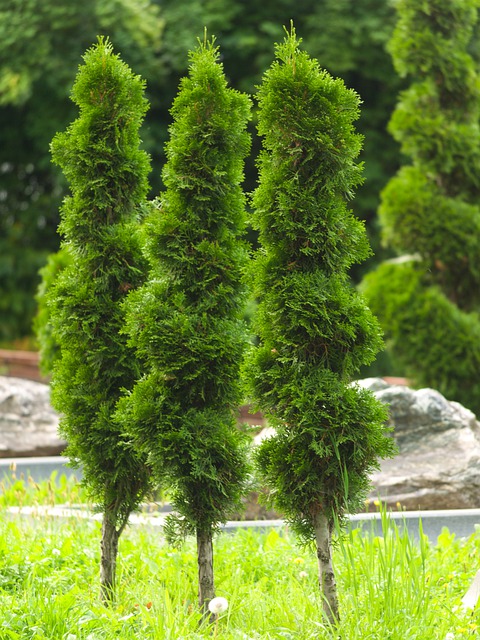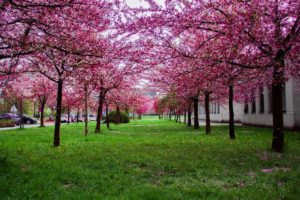This excerpt has been taken from “The pruning book” by “Lee Reich”. Topiary is the horticultural practice of training perennial plants by clipping the foliage and twigs of trees, shrubs and sub-shrubs to develop and maintain clearly. “”Emergency Tree Removal Service” renders services on this process.
It is the art of growing trees and shrubs as living sculptures- cubes, spheres, obelisks, animal shapes, even combinations of these shapes nestled side by side or piles on top of one another. The art originated in ancient Rome, where topiaries meant ornamental gardener, and has progressed, or at least endured, to the present day. The tradition survived the Dark Ages in monastery gardens, then resurfaced in renaissance Italy. The French and the Dutch, and occasionally the British, have been fond of topiary.

In modern gardens, topiary is rare unless you count the pervasive American foundation plantings of clipped yews and junipers- derisively labeled “ gumdrop” or ‘dot- dash” landscaping by some people- as topiary( Note that we are not considering here topiaries made from mesh frames filled with wet moss, then “plugged” with hens- and – chickens, or made from wire frames on which twine vining plants such as English ivy Neither of these topiaries require pruning for their development or maintenance.)
Plants to use
Only certain plants are suitable for topiary. The ideal plant is slow growing, tolerant of repeated pruning, and able to re-sprout from older wood. Especially for smaller topiary viewed at close range, small leaves are needed to create a surface with a crisp edge. Winter damage to a topiary tree or shrub that is years or even decades old is a disaster, so the plant also must be cold hardy for the site. If possible, select a species or variety whose natural shape approximates its intended shape: ‘Brownii yew for a sphere. ‘Sentinalis’ yew for an obelisk and ‘Hillii’ yew for a pyramid (Other plants, admittedly, do not exhibit such variety of form as does yew.)
Evergreens generally are used for topiary, but occasionally a deciduous plant such as English hawthorn (Crataegus monogyna) or European beech (Fagus sylvatica) is used. California privet (Ligustrum ovalifolium) also makes nice topiary, and is evergreen where winters are not too cold. A drawback to a deciduous topiary, of course, is that it is bare in winter

(Although beech does not shed its dead leaves until spring). Deciduous plants generally grow more exuberantly than do evergreens, so they also require more diligence to keep growth in check.
Many species of evergreens have been used for topiary. The quintessential plants for topiary are yew (Taxus spp.) and boxwood (Buxus spp.). Other suitable plants include arborvitae (Thuja spp.), bay laurel (Laurus nobilis), hem-lock (Tsuga spp.), holly (Ilex spp.), holly oak (Quercus ilex), Italian cypress (Cupressus Sempervirens), juniper (Juniperus spp.), Leyland cypress(X Cupressocyparis leylandii), Lonicera nitida, Monterey cypress (Cupressus macrocarpa0, myrtle9 Myrtus communis), Portugal laurel
(Prunus lusitancia), and rosemary (Rosmarinus officinalis).
Continue reading on Starting Annuals from seed

